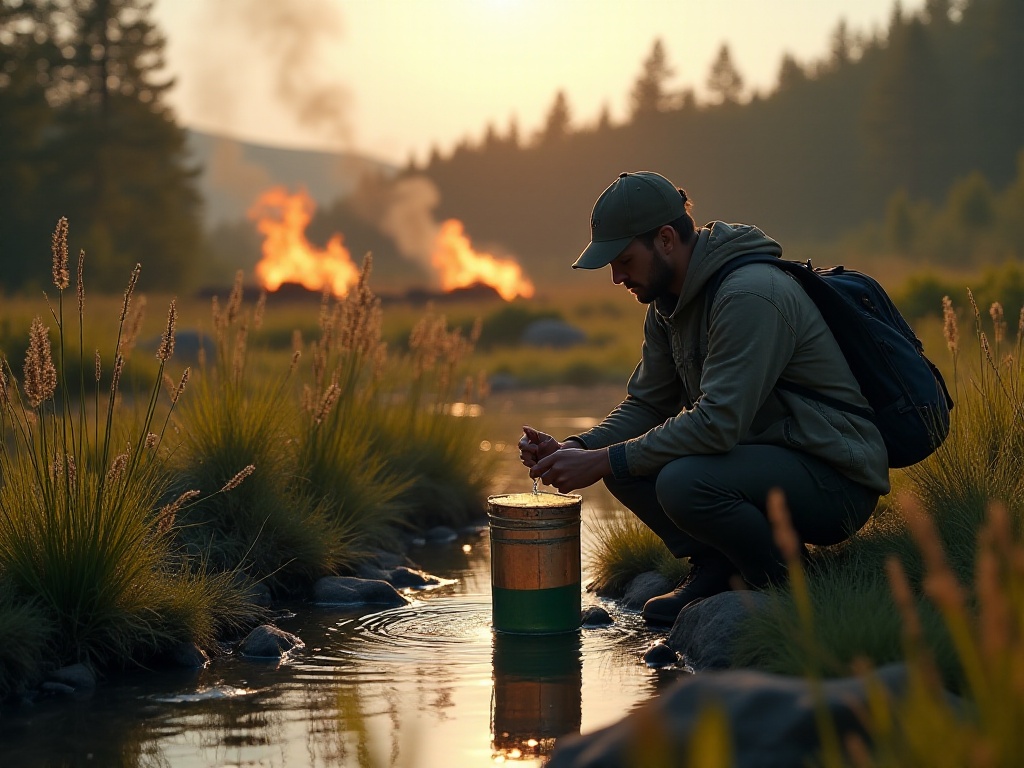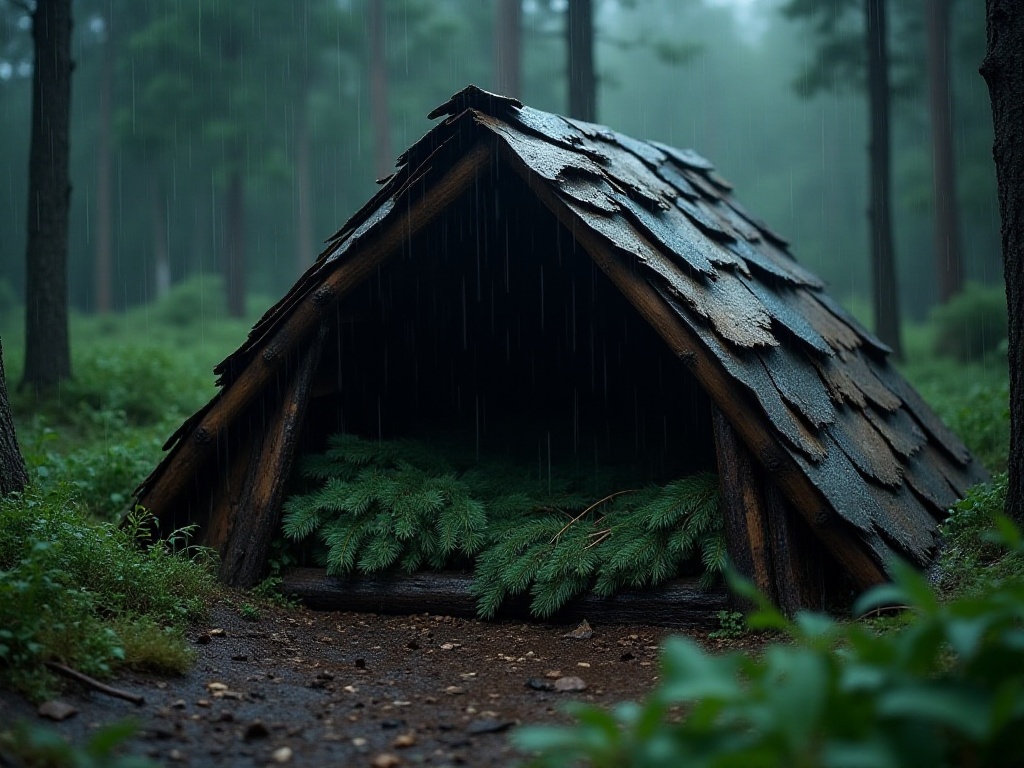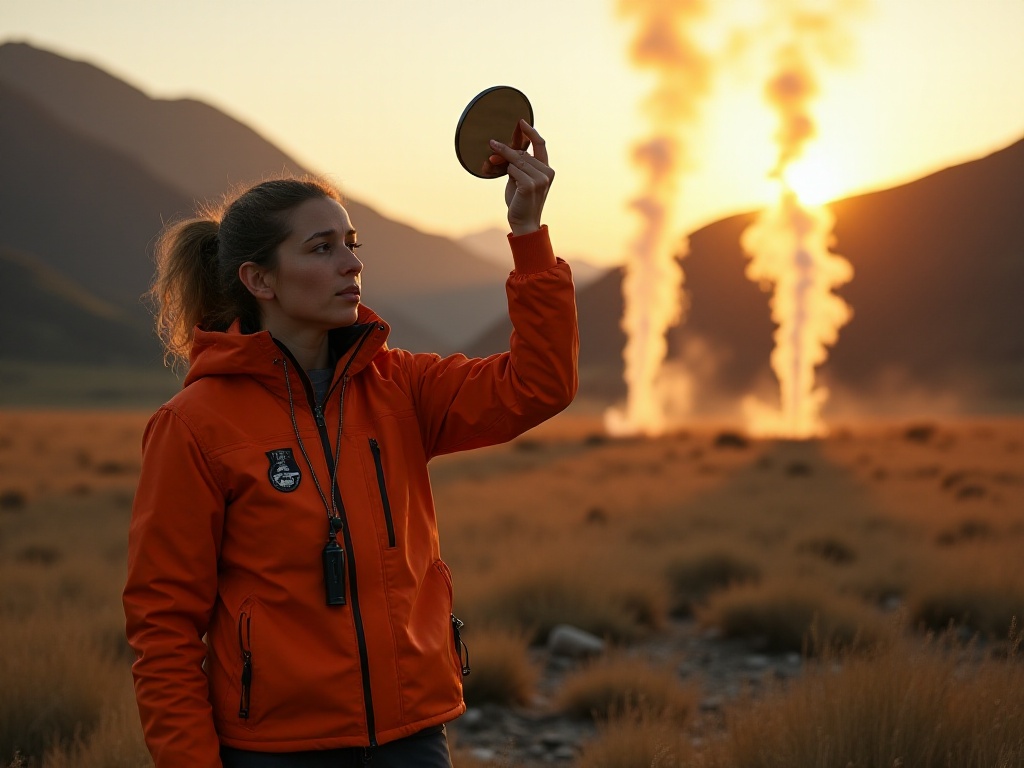Opening Words
Just packing camping gear can be overwhelming. As an experienced camper who often goes camping with friends, I deeply understand this pain. I remember one time when my best friend and I went camping, we spent an entire afternoon just packing, almost missing our planned departure time. Even more embarrassingly, when we arrived at the campsite, we found we had brought a bunch of unnecessary items but forgot the most important sunscreen at home. As a result, the whole team returned to the city with sunburned faces the next day, which was absolutely hilarious.
Through 8 years of camping experience, from novice to veteran, I've made more mistakes than there are tents at a campsite. However, over these years, I've developed a set of practical equipment packing methods, and today I'll share all these private tips and techniques with everyone.
Equipment Checklist
The first thing I want to recommend is the importance of an equipment checklist. This really brings back some bitter memories. I remember the first time I planned camping independently, I was confident in my memory, but when we arrived at the campsite, I realized I had left the tent poles at home. It was so embarrassing that I wanted to dig a hole and crawl into it, and eventually had to drive back home to get them. Since then, I've sworn to always make an equipment checklist.
After numerous practices and improvements, I've now developed a super practical equipment classification system. This system wasn't created on a whim, but rather through repeated trial and error, distilling the essence of experience. Every time I pack using this system, not only is efficiency improved, but more importantly, I never forget crucial equipment anymore.
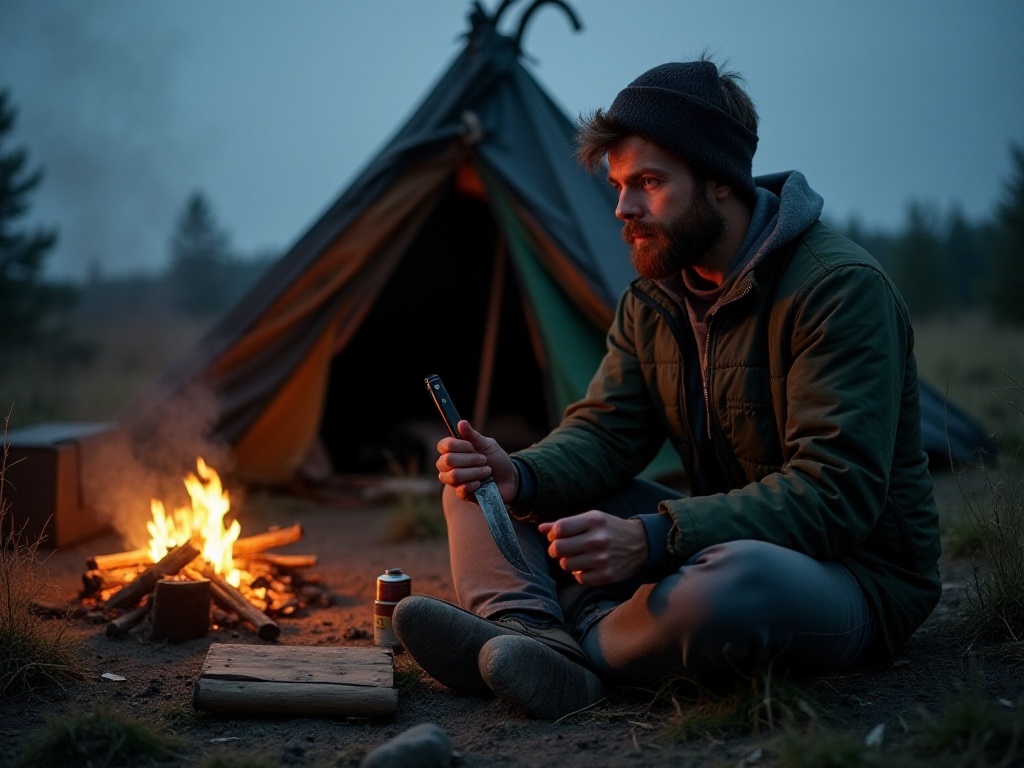
Core Equipment
Speaking of core equipment, it's truly the lifeline of camping. I remember one time when we were camping in the mountains, we met a couple. They had quite complete equipment, except for a moisture-proof pad. As a result, the moisture from the ground soaked their sleeping bags at night, leaving them shivering with cold. This lesson taught us that we can't miss any piece of core equipment.
Choosing a tent is really an art. I learned this the hard way - when I bought my first tent, I went for a cheap one labeled as a 2-person tent. But after two people lay down, there was no space for luggage, and sleeping felt like being packed in a sardine can. Later I understood the "N+1" principle for choosing tents, meaning you should add one to the actual number of users. For example, for two people camping, you should buy a 3-person tent for adequate space.
Speaking of specific models, I've used dozens of tents from different brands. From hundreds to thousands of dollars, I finally found that a certain brand's Feiyang series offers the best value for money. It not only has enough space but also excellent waterproofing. Once when we encountered a rainstorm in the mountains, while others' tents were leaking, mine stayed dry inside.
Choosing a sleeping bag also requires careful consideration. Many people see a -15°C rating and think it can actually withstand -15°C, which is naive. From my personal experience, sleeping bags typically perform 3-5 degrees warmer than their rated temperature. For example, if you plan to camp in -5°C conditions, it's better to choose a sleeping bag rated for -10°C. Once when camping at Mount Siguniang, I overestimated my sleeping bag's warmth capacity and ended up shivering all night, catching a cold that lasted several days.
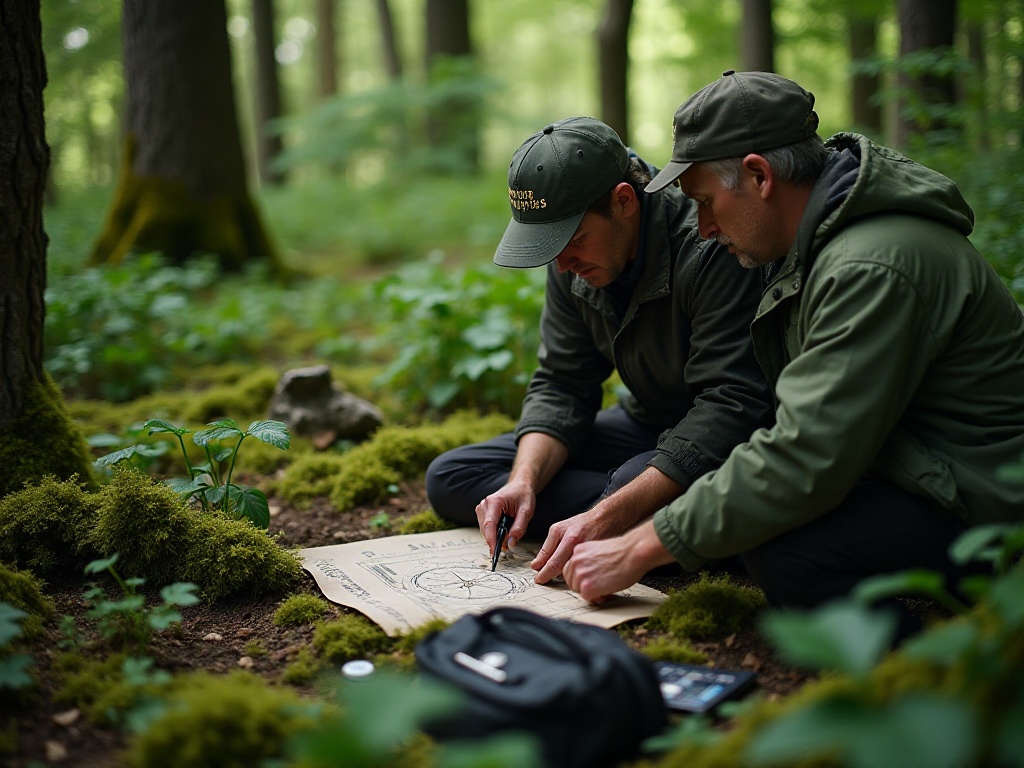
Practical Accessories
When it comes to accessories, they can really make your camping experience take off. Many beginners think accessories are optional, but when actually using them, they discover these small items are camping lifesavers.
The moisture-proof pad is a great example. There are many types of moisture-proof pads on the market, but I recommend the kind with reflective film. These pads not only block ground moisture but can also serve as reflectors at night. Once at night in camp, we used this type of moisture-proof pad to reflect the camp light, making the entire campsite as bright as day, amazing our friends.
Lighting equipment is absolutely crucial among camping gear. My experience is that you should prepare three light sources. First, a high-power camp light with at least 500 lumens brightness. Once, we used a small 200-lumen light, and during barbecuing at night, we couldn't even tell if the meat was cooked, almost eating raw meat.
Second is a headlamp, which is really practical. Think about it - when going to the bathroom at night, you can't just carry a camp light, right? A headlamp frees your hands, and around 200 lumens is sufficient. Third is a backup flashlight for emergencies. Once when my camp light ran out of battery and I couldn't find my headlamp, thankfully I had a backup flashlight, or we would have been in the dark that night.
Speaking of batteries, there are quite a few tricks. I now always bring several sets of batteries, especially when camping in cold weather. Winter camping has an annoying problem - batteries drain especially fast. Last winter, we were camping in the snow mountains at temperatures below -10°C, and the camp light's batteries were depleted in less than one night. Since then, I always keep spare batteries in my body-close pockets to keep them warm, preventing the low temperature from affecting battery performance.
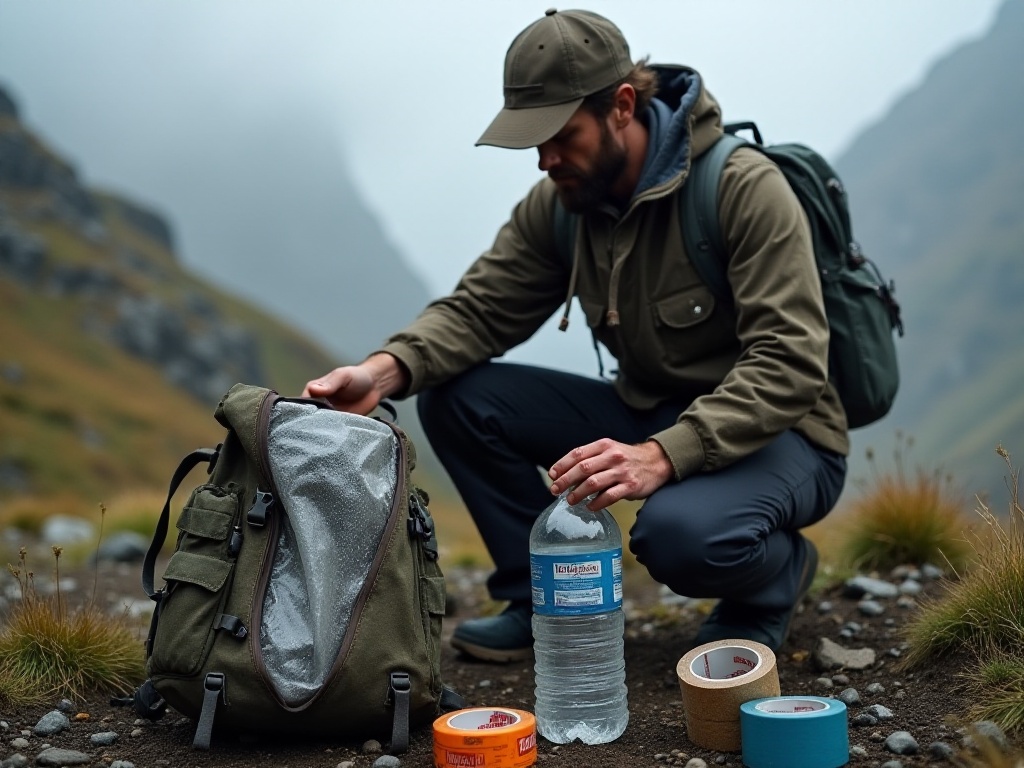
Storage Tips
For storage, I have quite a few unique tips to share. First is the technique of using compression bags. Many people stuff everything into compression bags, which is actually incorrect. Through repeated experiments, I've found that while compression bags can save about 30% space, not all items are suitable for compression.
For example, down jackets and sleeping bags, although their volume decreases when compressed, if compressed for too long, it seriously affects their loft. I had a down sleeping bag that lost its warmth performance dramatically because it was kept compressed without airing out. Now I always air out down items promptly after each use to restore their loft.
Categorical packing is also a technical skill. I now use different colored waterproof bags to distinguish different types of equipment, which works incredibly well. Red bags for first aid supplies, blue for electronic devices, yellow for food. This makes finding things very convenient, no more turning the entire backpack upside down like before.
I remember one rainy night when we urgently needed raincoats, and thanks to this classification system, I found the waterproof gear in seconds. In the past, it might have taken ten minutes of searching. This storage system not only makes packing more organized but also makes finding things highly efficient.
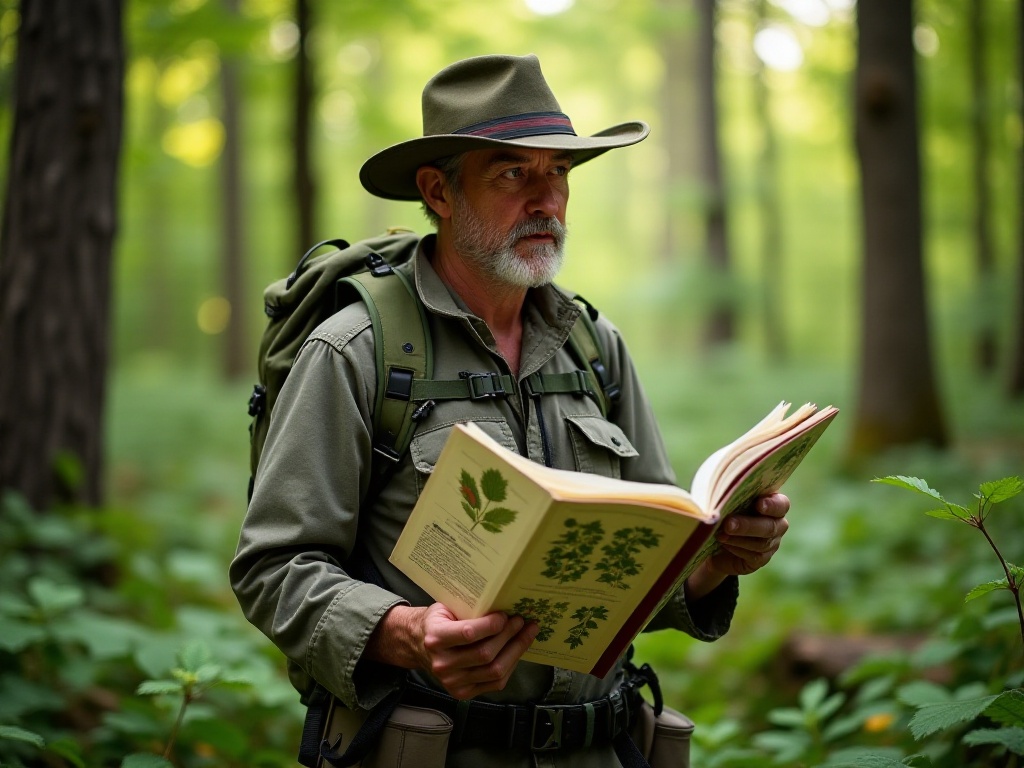
Money-Saving Tips
When it comes to saving money, I have quite a few secret tips to share. Now camping equipment on the market can easily cost thousands, but it's not necessary to buy expensive versions of everything. For example, with lighting tools, many people immediately go for big brand camp lights, easily spending hundreds of dollars. Actually, LED work lights from supermarkets are just as bright as branded camp lights, at only one-third of the price.
I found a particularly good LED work light at the supermarket for just over a hundred dollars, with sufficient brightness and good waterproofing. I've used it for over two years, through heavy rain and falling into streams, and it's still going strong. These budget alternatives are actually not inferior in quality; the key is knowing how to choose.
The same goes for cookware. Many beginners buy complete sets of camping cookware right away, spending hundreds or thousands. Actually, you can start by borrowing some rarely-used pots and utensils from home. When you've really developed a passion for it and feel you need professional equipment, then gradually add pieces.
That's how I did it - when I first started camping, I used old pots and utensils from home. Later, when I felt I needed more portable equipment, I started adding professional camping cookware. This not only saves money but also helps you better understand what kind of equipment you actually need.
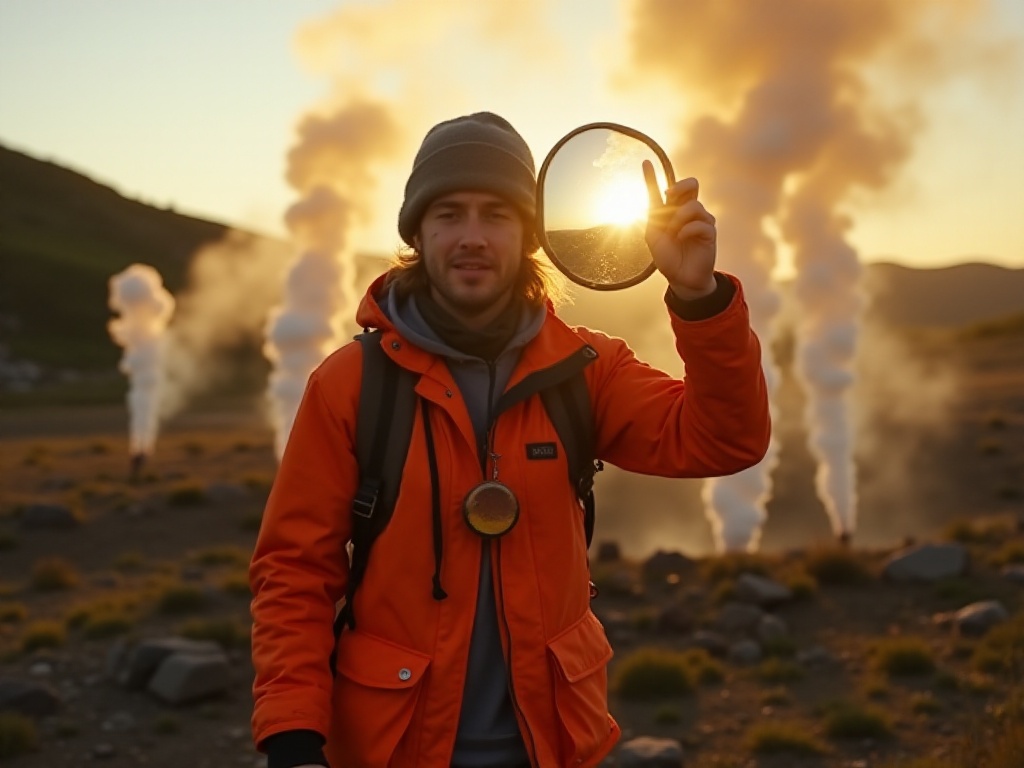
Experience Summary
After saying all this, finally I want to emphasize that while equipment is important, don't let it "hijack" you. What suits you is the best - this saying might be cliché, but it's really true. I've seen too many people carrying thousands of dollars worth of equipment who can't even set up a basic tent properly.
I remember once in the mountains, we met a couple with all brand-name equipment, their tent alone cost nearly ten thousand. But that night when it rained, their tent leaked because they hadn't properly installed the rain fly. This convinced me even more that rather than spending money on expensive equipment, it's better to focus on improving outdoor survival skills.
Equipment is just the foundation of camping; what's really important is how you use it. I suggest beginners start with basic equipment, gradually accumulate experience, and add professional equipment after understanding their needs. This not only saves money but more importantly helps you truly find equipment that suits you.
To help more camping enthusiasts, I've organized these years of accumulated equipment lists and usage tips into a detailed spreadsheet. This spreadsheet includes not only basic equipment lists but also equipment recommendations for different seasons and environments, as well as various practical storage tips. If you want this guide, let me know in the comments.
Final Words
The topic of camping equipment could be discussed for a long time, and everyone has their unique insights and experiences. Do you have any unique equipment storage techniques? Or any special insights from using certain equipment? Welcome to share your experiences in the comments.
Perhaps your small tip could help other camping enthusiasts. Let's create a more professional and relaxed camping environment together. After all, the ultimate purpose of camping is to enjoy nature, not to be troubled by equipment.




